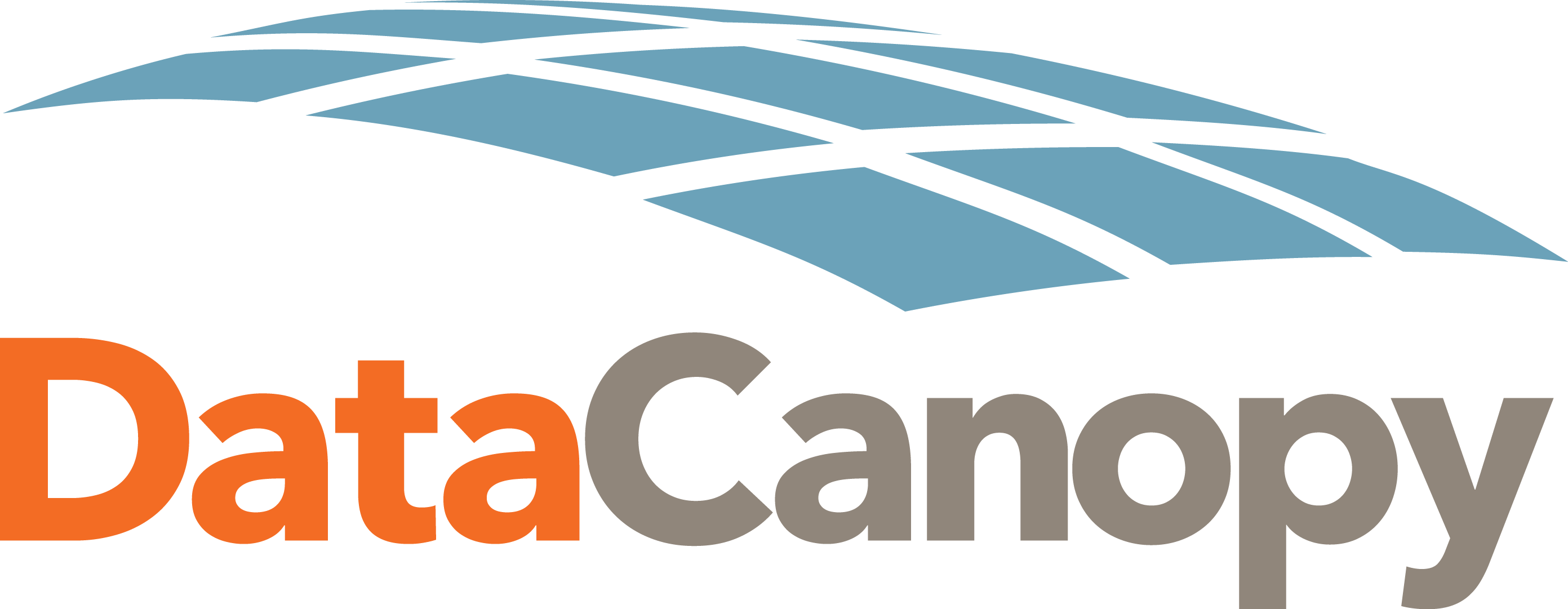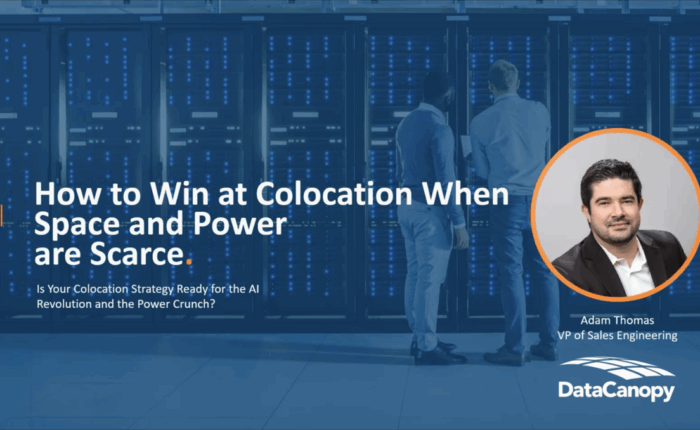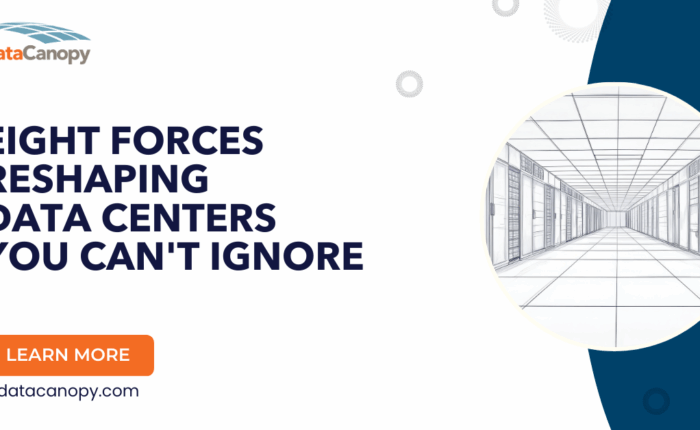The headlines paint a grim picture: tech giants canceling leases, power grids buckling under demand, and land speculators driving prices through the roof. But beneath the surface chaos of the AI infrastructure landscape lies a different reality – one that savvy mid-market companies and MSPs can leverage to their advantage.
Let’s cut through the noise and examine what’s really happening.
Beyond the Headlines: The Real Infrastructure Challenge
Despite recent reports of Microsoft and Amazon reconsidering some data center leases, industry experts tell a different story. According to Andy Cvengros, a data center veteran at JLL, 75% to 85% of new data center capacity through 2029 is already pre-leased.
The fundamental issue isn’t waning demand. It’s infrastructure limitations.
Power grids across America are struggling to keep pace with AI’s explosive energy requirements. The Department of Energy projects that data centers will consume up to 12% of American electricity by 2028 – a staggering increase that utilities simply weren’t prepared for.
Meanwhile, colocation vacancy in North America has plummeted to a record low of 2.6% despite years of record construction. The market is tighter than ever.
For enterprise companies and hyperscalers, these constraints represent genuine challenges. But for mid-market companies? They create unprecedented opportunity.
The Mid-Market Advantage
While tech giants fight over megawatt-scale deployments and face years-long grid connection delays, companies with smaller but critical AI workloads can find advantages in this constrained market – if they know where to look.
The key lies in finding infrastructure partners who can provide:
1. Access to enterprise-grade facilities without enterprise-scale commitments
2. Right-sized solutions for actual workload needs rather than speculative overprovisioning
3. Expertise in navigating both technical and regulatory requirements for AI deployments
The companies that thrive in this environment won’t be those with the biggest checkbooks. They’ll be the ones with the smartest approach to infrastructure.
Why Flexibility Trumps Scale in the Current Market
When infrastructure resources are constrained, flexibility becomes paramount. The ability to deploy in multiple locations, scale incrementally, and adapt to changing requirements delivers significant advantages over rigid, monolithic approaches.
This reality benefits mid-market companies in several ways:
- First, smaller deployments can often be accommodated within existing power envelopes, avoiding the years-long wait times facing mega-scale projects.
- Second, working with infrastructure partners who aggregate demand gives mid-market companies access to wholesale economics they couldn’t achieve independently.
- Third, companies with targeted AI workloads can optimize for specific performance requirements rather than generic infrastructure – getting more value from every kilowatt and rack unit.
The Partner Equation: Finding Your Infrastructure Advantage
The current market dynamics make your choice of infrastructure partner more critical than ever. The right partner doesn’t just provide space and power – they deliver strategic advantage through:
- Access to premium facilities that would otherwise be unavailable to mid-market deployments
- Technical expertise in high-density deployments optimized for AI workloads
- Compliance capabilities for regulated industries where AI applications are rapidly expanding
- Flexibility in scaling both up and down as workload requirements evolve
When evaluating potential partners, look beyond basic colocation capabilities to these strategic differentiators.
Turning Crisis into Competitive Advantage
The companies that will gain the most from AI aren’t necessarily those building the largest infrastructure footprints. They’re the ones deploying targeted AI capabilities that create tangible business value – and doing so faster than their competitors.
In this environment, speed to deployment often matters more than scale. The ability to get AI workloads online quickly, in the right locations, with the right performance characteristics, creates meaningful competitive advantage.
While hyperscalers may need to wait years for new power capacity to come online, mid-market companies working with the right partners can deploy today – gaining valuable experience and market position while others wait.
The Path Forward
As the AI infrastructure landscape continues to evolve, the companies that succeed will be those that:
1. Focus on business outcomes rather than infrastructure for its own sake
2. Prioritize right-sized deployments aligned with actual workload requirements
3. Work with partners who can provide access to enterprise-grade infrastructure without enterprise-scale commitments
4. Maintain flexibility to adapt as both technology and business needs evolve
The current infrastructure constraints are real, but they don’t affect all companies equally. For those with the right approach and partners, today’s challenges can become tomorrow’s competitive advantages.
What looks like crisis from one perspective represents opportunity from another. The question is: which perspective will your organization choose?



